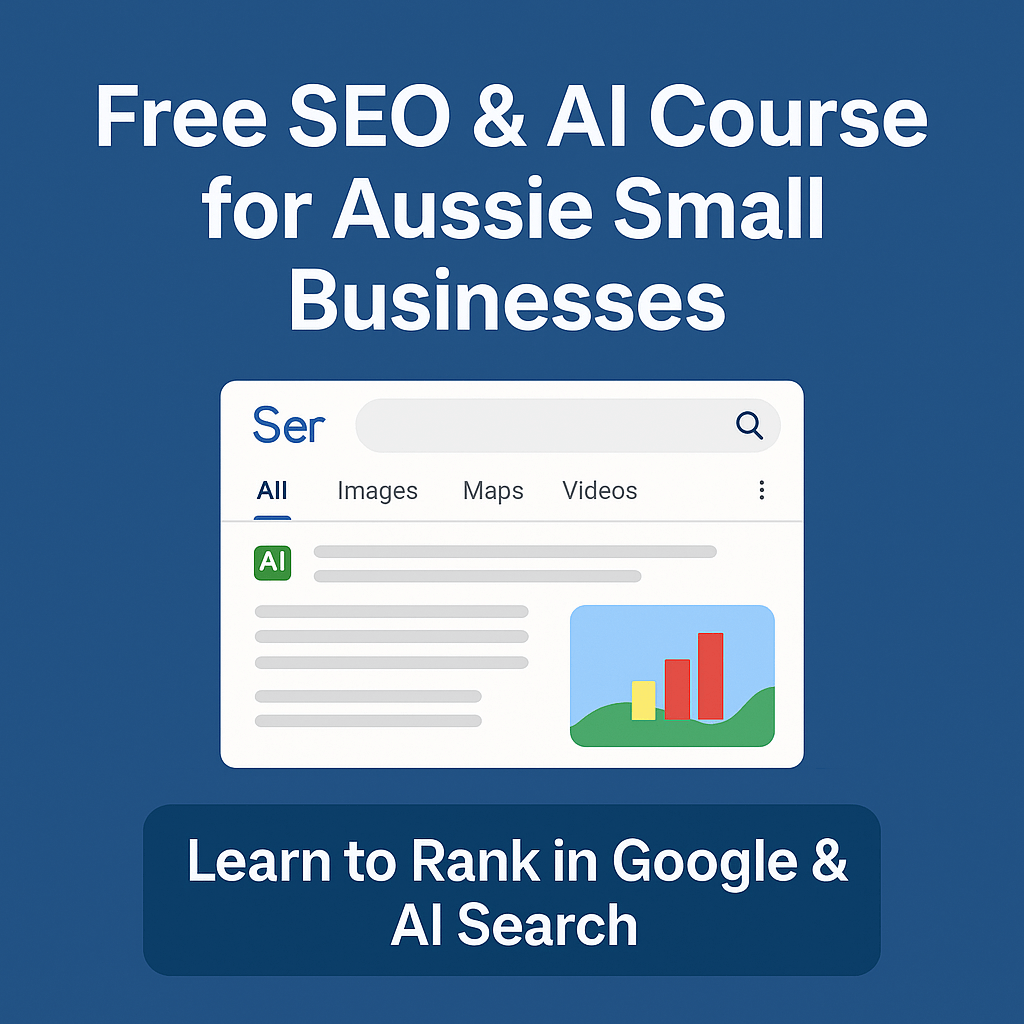In the digital age, the symbiotic relationship between SEO and content marketing is undeniable. Effective content marketing drives organic traffic, while SEO ensures that content is discoverable. This article delves into the essential aspects of SEO training for content marketing, covering the integration of SEO and content strategies, understanding user intent, leveraging social media, and measuring success through SEO metrics.
How SEO and Content Marketing Work Together
SEO and content marketing are two sides of the same coin. While SEO focuses on improving the visibility of a website on search engines, content marketing aims to provide valuable information to the audience. Together, they create a powerful strategy for driving traffic and engagement.
SEO Drives Discoverability: By optimizing content with relevant keywords, metadata, and internal links, SEO makes it easier for search engines to index and rank your content. This ensures that your audience can find your content when searching for related topics.
Content Provides Value: High-quality content that addresses the needs and interests of your audience encourages engagement, shares, and backlinks. This user engagement signals to search engines that your content is valuable, boosting its rankings.
Integrated Approach: For maximum effectiveness, SEO should be integrated into every stage of content creation, from planning to publication. This means conducting keyword research, optimizing on-page elements, and promoting content through various channels.
Creating an Effective Content Strategy for SEO
An effective content strategy is the backbone of successful content marketing and SEO.
Keyword Research: Identify high-traffic, low-competition keywords that are relevant to your audience. Use tools like Google Keyword Planner, Ahrefs, and SEMrush to uncover opportunities.
Content Planning: Develop a content calendar that aligns with your SEO goals. Plan content around key topics and themes that resonate with your audience and incorporate targeted keywords naturally.
Content Creation: Produce high-quality, informative, and engaging content. Ensure that your content is well-structured with clear headings, subheadings, and bullet points to enhance readability.
On-Page SEO: Optimize content for on-page SEO elements, including title tags, meta descriptions, header tags, and alt text for images. Use internal linking to guide users and search engines to important pages.
Content Distribution: Promote your content across various channels, including social media, email newsletters, and other relevant platforms. This helps to increase visibility and drive traffic.
Understanding User Intent and Crafting Targeted Content
User intent is the foundation of effective SEO and content marketing. Understanding what your audience is looking for enables you to create content that meets their needs and expectations.
Types of User Intent:
- Informational Intent: Users are seeking information or answers to questions. Create educational and informative content such as blog posts, how-to guides, and tutorials.
- Navigational Intent: Users are looking for a specific website or page. Ensure that your site is easy to navigate and that key pages are accessible.
- Transactional Intent: Users are ready to make a purchase or complete a specific action. Optimise product pages, landing pages, and calls-to-action to facilitate conversions.
- Commercial Investigation Intent: Users are comparing products or services before making a decision. Provide detailed comparisons, reviews, and case studies.
Crafting Content for User Intent: Conduct thorough research to understand the intent behind target keywords. Use this insight to create content that directly addresses user queries and provides comprehensive solutions.
Utilizing Social Media for SEO and Content Promotion
Social media is a powerful tool for amplifying your SEO and content marketing efforts.
Boosting Content Visibility: Promote your content on social media platforms to reach a wider audience. Increased visibility can lead to more traffic, shares, and backlinks, which are beneficial for SEO.
Building Brand Authority: Consistent and valuable content on social media can establish your brand as an authority in your industry. Engage with your audience by responding to comments and participating in relevant discussions.
Driving Traffic: Social media platforms can drive significant traffic to your website. Include clear and compelling calls-to-action in your social media posts to encourage clicks and visits.
Social Signals: While social signals (likes, shares, comments) are not direct ranking factors, they can contribute to your SEO efforts by increasing engagement and generating backlinks.
Measuring the Success of Content Marketing through SEO Metrics
Tracking and analysing SEO metrics is crucial for assessing the effectiveness of your content marketing efforts.
Organic Traffic: Monitor the amount of traffic coming to your site from organic search. Tools like Google Analytics can provide detailed insights into organic traffic trends.
Keyword Rankings: Track the rankings of your target keywords to evaluate the impact of your SEO efforts. Use tools like SEMrush and Ahrefs to monitor keyword performance.
Engagement Metrics: Measure user engagement through metrics such as bounce rate, average session duration, and pages per session. High engagement indicates that your content is resonating with your audience.
Backlinks: Analyse the number and quality of backlinks to your content. Backlinks from authoritative sites signal to search engines that your content is valuable.
Conversion Rate: Track conversions to determine how effectively your content is driving desired actions, such as purchases, sign-ups, or downloads.
Content Performance: Evaluate the performance of individual content pieces by analysing metrics like page views, social shares, and time on page.
SEO and content marketing are integral components of a successful digital strategy. By understanding how they work together, creating a robust content strategy, targeting user intent, leveraging social media, and measuring success through SEO metrics, businesses can significantly enhance their online presence and drive sustainable growth. Continuous learning and adaptation are essential to stay ahead in the ever-evolving digital landscape.
Frequently Asked Questions (FAQ):
What are some common mistakes in SEO content marketing? Common mistakes include keyword stuffing, producing low-quality content, neglecting mobile optimization, ignoring user intent, and failing to measure and adjust strategies based on performance metrics.
How often should I update my content for SEO purposes? Regular updates are important to keep content relevant and accurate. Aim to review and update key content every six months to a year, or more frequently if industry trends change rapidly.
Can long-form content improve SEO rankings? Yes, long-form content can improve SEO rankings by providing comprehensive information that satisfies user intent. It tends to attract more backlinks and shares, signalling to search engines that the content is valuable.
How does video content impact SEO? Video content can enhance SEO by increasing user engagement, dwell time, and social shares. Optimise video content with relevant keywords in titles, descriptions, and tags.
Is it necessary to hire an SEO specialist for content marketing? While it is possible to manage SEO and content marketing independently, hiring an SEO specialist can provide expertise, save time, and ensure that your strategies are effective and up-to-date.
Sources:
- Search Engine Journal
- Moz
- Neil Patel
- Ahrefs
- Google Search Central



